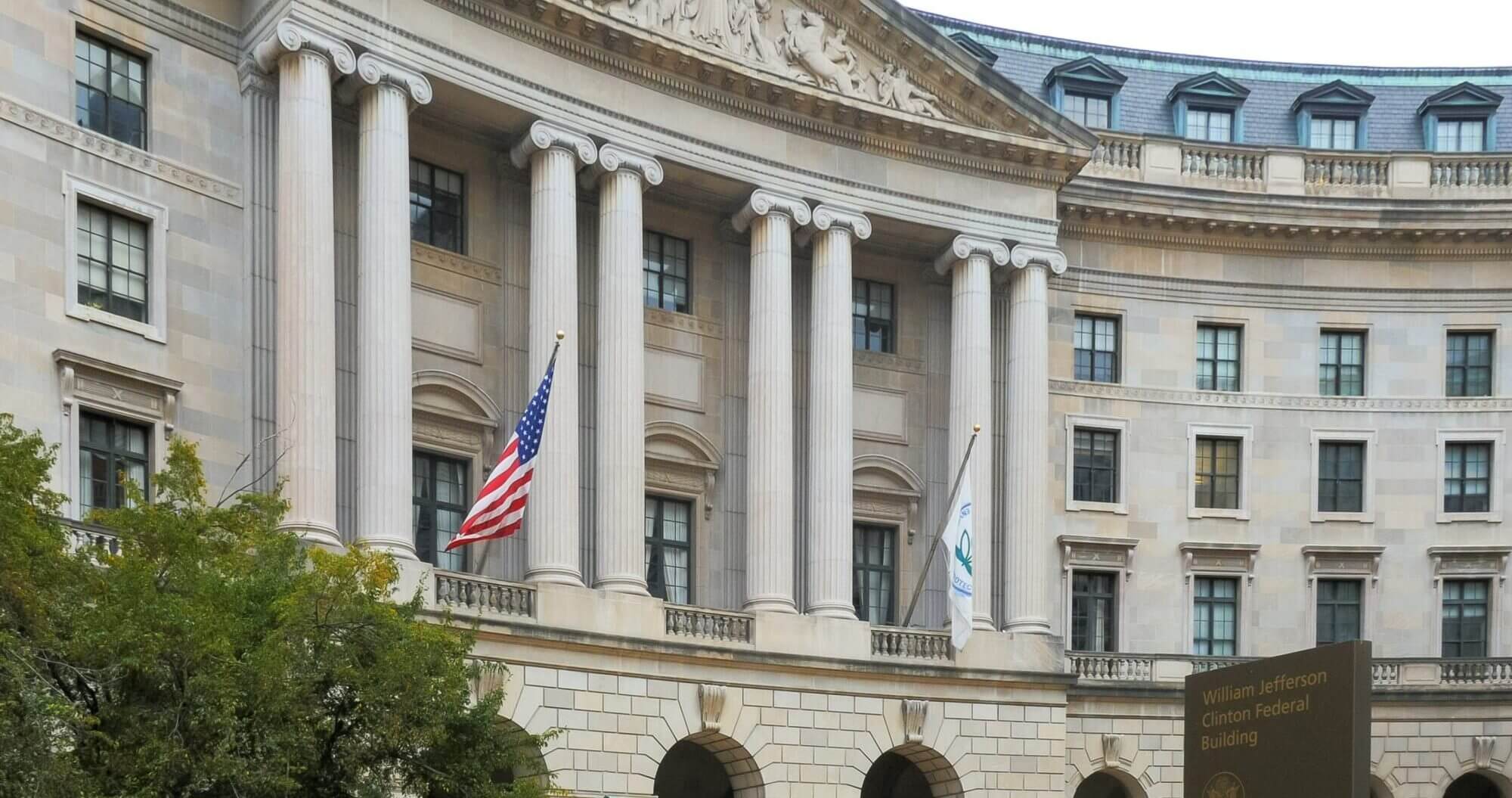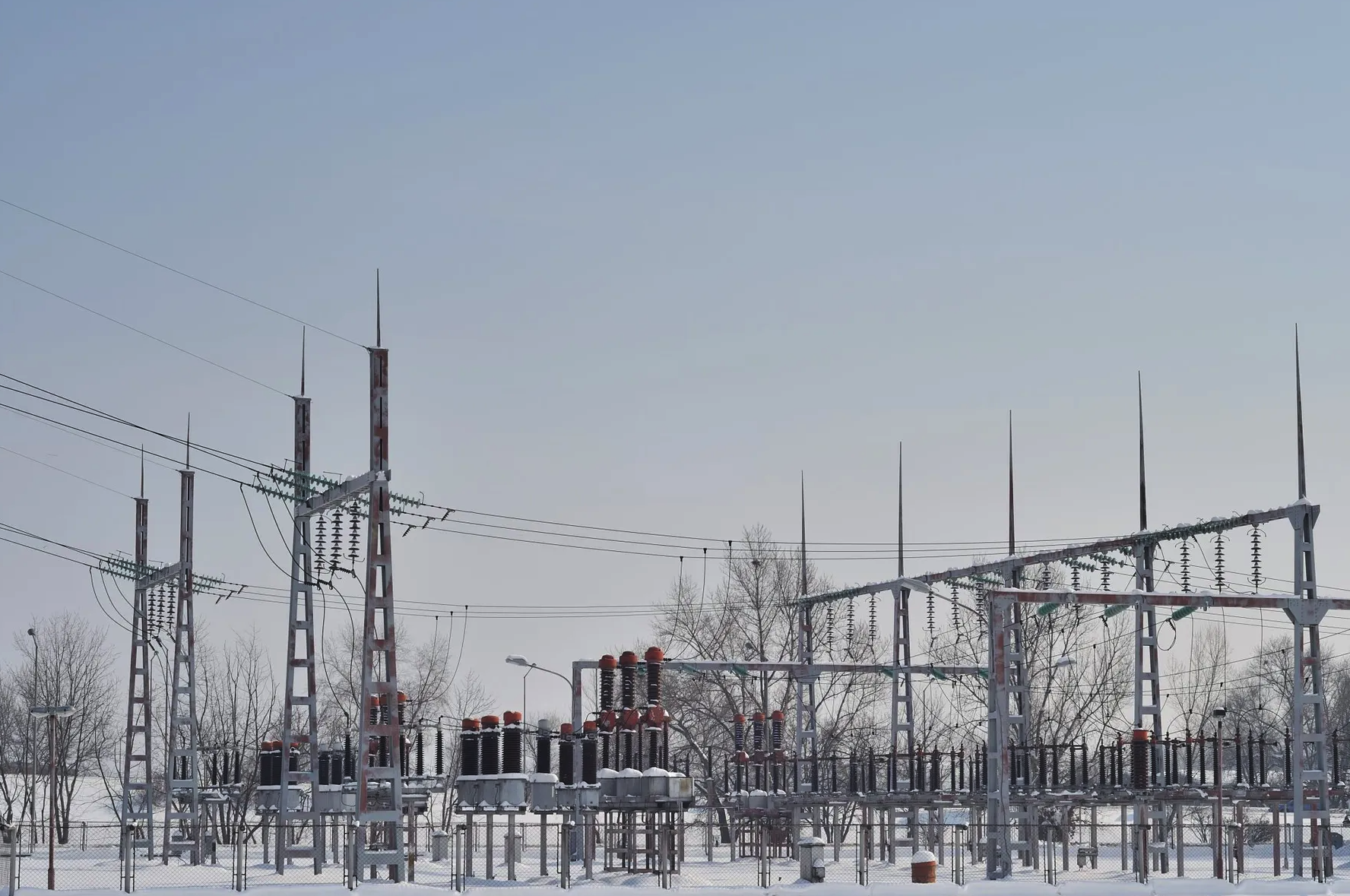The United States Environmental Protection Agency (EPA) issued its Fiscal Year (FY) 2022-2026 Strategic Plan(1) in March 2022. Although the emphases of EPA’s Strategic Plans often change with administrations, we can be reasonably certain that the Strategic Plan reflects EPA’s regulatory priorities through 2024.
The Strategic Plan reaffirms the EPA’s mission to protect human health and the environment. From a historical perspective, the Strategic Plan draws on the Agency’s roots, reflecting the three principles established by William Ruckelshaus, who served as the EPA’s first Administrator (1970 – 1973), to follow the science, follow the law and be transparent. Importantly, the Strategic Plan also reflects the priorities of the Biden Administration, as established in several Executive Orders, by adding a fourth principle: to advance environmental justice (EJ) and equity.
Based on these four guiding principles, the Strategic Plan incorporates the following strategies:
- Ensure Scientific Integrity and Science-Based Decision Making
- Consider the Health of Children at All Life Stages and Other Vulnerable Populations
- Advance EPA’s Organizational Excellence and Workforce Equity
- Strengthen Tribal, State and Local Partnerships to Enhance Engagement
These four strategies then drive the following seven goals:
- Tackle the Climate Crisis
- Take Decisive Action to Advance Environmental Justice (EJ) and Civil Rights
- Enforce Environmental Laws and Ensure Compliance
- Ensure Clean and Healthy Air for All Communities
- Ensure Clean and Safe Water for All Communities
- Safeguard and Revitalize Communities
- Ensure Safety of Chemicals for People and the Environment
While the first two goals may have been present in past Strategic Plans, their prominence and focus in the current Strategic Plan is noteworthy and significant.
EPA has identified three objectives to address climate change:
- Reduce emissions that cause climate change: EPA aims to exercise its authority to cut greenhouse gas (GHG) pollutants across key sectors. This will be balanced by striving for gains in energy efficiency, grid decarbonization, renewable fuels and zero emissions.
- Accelerate resilience and adaptation to climate change impacts: EPA will provide assistance to Tribes, states, territories, communities and businesses, with particular focus on advancing environmental justice (EJ).
- Advance international and subnational climate efforts: EPA intends to collaborate with Tribal, state, local and international partners, providing technical leadership to other countries to support reduction of GHG emissions, adapt to climate change and improve resilience.
While there are always concerns about regulatory overreach, EPA’s action in this area can be positive. Over the past few years, state and local governments and the private sector have implemented a variety of programs to address greenhouse gas emissions, resiliency and climate adaptation. As a result, we have a variety of local and state guidance documents, regulations and private initiatives that can be difficult to understand and efficiently execute. Though some tailoring of analyses and solutions is necessary and can be enacted within communities, this overall mix of independent and uncoordinated approaches potentially limits the effectiveness of implementation. Clear federal policy, guidelines and regulations that build on the proactive work of local and state government and private sector initiatives could provide clarity and consistency in the climate action arena.
Over the next four years, sectors that emit larger quantities of climate pollutants – such as light-duty, medium-duty and heavy-duty vehicles, fossil fuel-fired powerplants and the oil and gas industry – will likely be most affected by EPA regulations and incentives. Also of note, EPA is prioritizing federally recognized Tribes, all other indigenous peoples and underserved populations in its targeted support in accelerating resilience and adaptation.
EPA has also identified three objectives when taking decisive action to advance environmental justice and civil rights:
- Promote Environmental Justice and Civil Rights at the Federal, Tribal, State and Local Levels
- Embed Environmental Justice and Civil Rights into EPA’s Programs, Polices and Activities
- Strengthen Civil Rights Enforcement in Communities with Environmental Justice Concerns
Although the origins of EJ are difficult to pinpoint, the Natural Resources Defense Council (NRDC) offers the following:
“Many point to 1982, when North Carolina had announced a plan to move soil contaminated with PCBs from alongside 210 miles of the state’s roadsides to a landfill located in Warren County, one of only a few counties in the state with a majority black population. The decision triggered a wave of protests, one of which resulted in the arrest of a U.S. congressman and dozens of other activists who tried to block the PCB-laden trucks at the entrance to the landfill. North Carolina ultimately buried the PCBs in Warren County—but the controversy crystallized the idea that the nation’s environmental problems disproportionately burden its low-income people of color. ”
Natural Resources Defense Council (2)
Forty years later, EJ is at the forefront of the Biden Administration’s agenda as evidenced by Justice40(3) which is a “whole-of-government effort to ensure that Federal agencies work with states, Tribes, and local communities to make good on President Biden’s promise to deliver at least 40 percent of the overall benefits from Federal investments in climate and clean energy to disadvantaged communities.” Because federal spending is such an important component of 2021 Bipartisan Infrastructure Law(4) (BIL), EJ will be a consideration in almost any new project. Project developers need to improve their understanding of EJ issues, anticipate how EJ issues might affect their projects and take steps to address EJ concerns.
Key Expectations Related to EJ:
- EPA decisions will increasingly incorporate analyses that identify disproportionate impacts.
- Clearly explaining project benefits and fostering community support for projects will be pivotal as decisions focus on beneficial impacts at the local level, particularly in overburdened and underserved communities.
- EPA will move from a reactive approach of responding only to complaints to a proactive approach of initiating compliance reviews and audits in overburdened communities.
For these EJ objectives and expectations, TRC can provide EJ analyses, which identify potential EJ and limited English proficiency communities, evaluate possible impacts, propose needed mitigation efforts and support community outreach. TRC also offers economic impact analyses that can quantify project benefits in terms of job and income creation and tax revenue generation. Our EJ geographic information system (GIS) experts can support the screening of a portfolio of assets or of routing/siting options to proactively identify locations in which EJ concerns may be greatest based on local socioeconomic profiles and the presence of existing environmental burdens. This proactive approach allows for more effective advance outreach and the crafting of mitigation or avoidance strategies, if necessary, to minimize EJ-related risks to projects and permits.
Environmental, social and governance (ESG) investing continues to grow as evidenced by record investments in 2021(5). Climate action, sustainability and environmental and economic justice are central to ESG due diligence reporting programs. EPA’s Strategic Plan, if deployed with an eye to the work that local and state government and the private sectors have done, has the potential to further advance corporate ESG and government EJ interests and efforts, achieving meaningful climate action and environmental results.
TRC is prepared to help clients navigate this complex and evolving landscape, focusing on solutions that address the issues and reflect an understanding of our clients’ business. TRC supports our clients in GHG accounting and inventory management plans, carbon target setting, climate-related reporting, decarbonization strategies from development to implementation including value chain, facility energy audits, EJ and climate action plans. Additionally, TRC leads climate resilience efforts by conducting engineering- and community-based risk and vulnerability assessments to inform flexible adaptation implementation plans, tailored from system-scale to project-scale analyses. EJ and sustainability considerations are incorporated throughout the process. Accordingly, clients can look to TRC for the informed and pragmatic support they will need to position themselves favorably as EPA’s Strategic Plan unfolds.
















